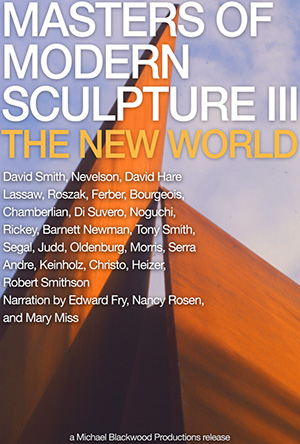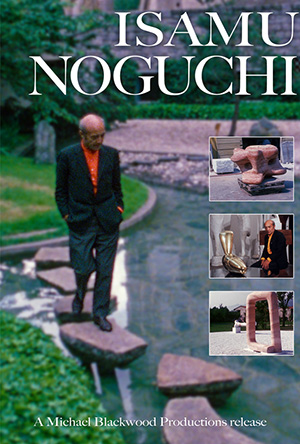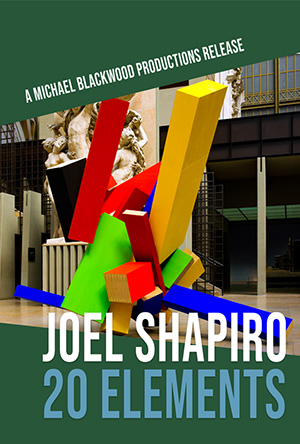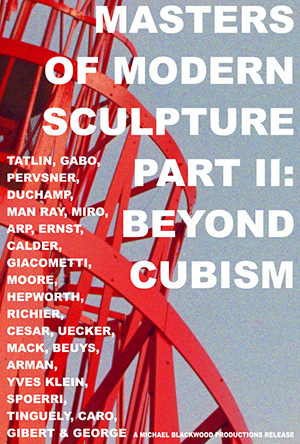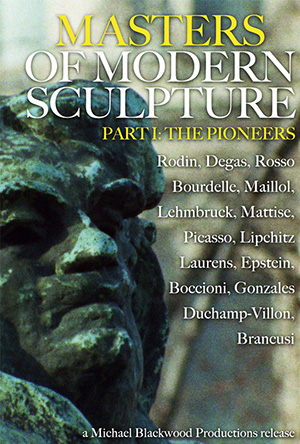The Sculpture Collection
Masters of Modern Sculpture Part III: The New World
After World War II American sculpture came into its own. A large group of highly talented artists emerged, with astonishing work and innovations. America’s remote spaces, discarded objects and abundant materials enabled them to add to the concepts of European modernism in unique ways.
Isamu Noguchi
The articulate artist reveals insights gained in his lifelong progress in a continuous involvement with sculpture, Japanese gardens, theater and furniture. His career spanned six decades, from the 1920s to the 1980s. This portrait, created in the 1970s, presents Noguchi at the height of his artistic achievement; he is shown at work on new projects, visiting important finished works, and explaining his progress from the days of his apprenticeship to Brancusi.
Joel Shapiro: 20 Elements
Filmed during the design and realization of the Sainsbury extension to the National Gallery in London, Venturi speaks of the revelatory experiences with classical architecture that led to his revolutionary re-appraisal of modern architecture and his landmark text of 1966, Complexity and Contradiction. Wife/partner architect Denise Scott Brown describes their formulation of post-Modern principles in Las Vegas and elsewhere. Architectural historians both attack and defend the National Gallery extension and Venturi and Scott Brown’s work. The video surveys the couple’s major works. Filmed with architects in Las Vegas, Rome, Venice, Philadelphia, and at his mother’s house in Pennsylvania.
Masters of Modern Sculpture Part II: Beyond Cubism
A look at central figures in major movements of the early 20th century–Constructivism, Dada, Futurism and Surrealism–and a concise summary of their ideologies and importance. Also included are independent artists of the pre-and post World War II period, who pushed sculpture to new limits of abstraction and possibility, building on their predecessors.
Masters of Modern Sculpture Part I: The Pioneers
Rodin’s 1898 monument to Balzac–called the first modern sculpture–undermined the centuries-old academic tradition. His contemporaries infused matter with imagination and meaning. They introduced the defining concepts of abstraction, ambiguity, and metamorphosis that laid the foundation for Modernism.

